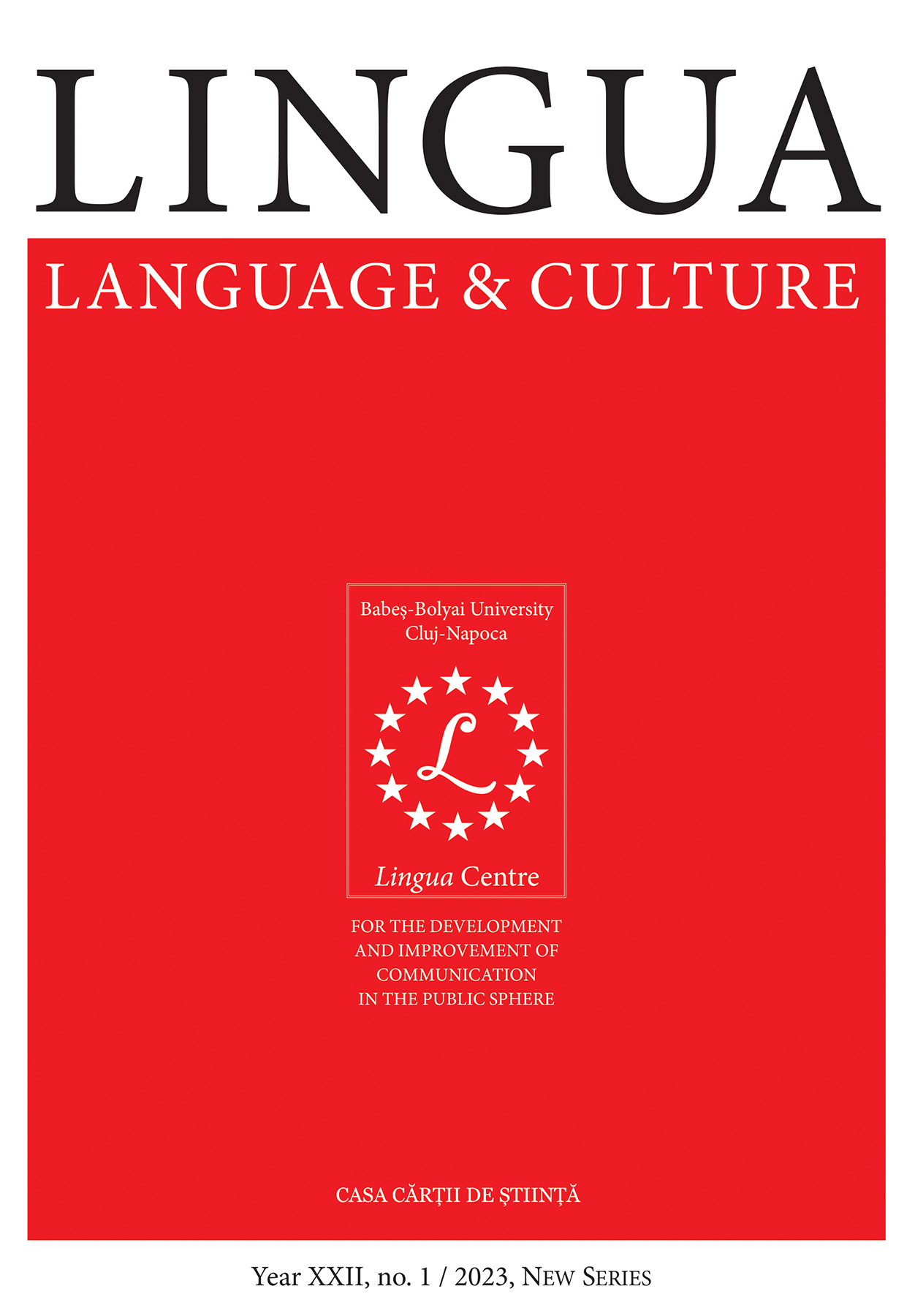Types d’ellipses dans les traductions
Types of ellipses in translations
Author(s): Sergiu ZaganSubject(s): Language and Literature Studies, Applied Linguistics, Descriptive linguistics
Published by: Universitatea »Babes Bolyai« Cluj - Facultatea de St. Economice si Gestiunea Afacerilor
Keywords: Types of ellipses; automatic translations; human translations; translation gaps; language differences;
Summary/Abstract: We do not intend to present the types of ellipses in translations in general, because we cannot cover all translations. Additionally, we do not claim to be able to cover all types of ellipses. Therefore, we propose to study some types of ellipses in some North African novels and from this, in another study, we will be able to check if these ellipses also exist in the translations of other novels and, more importantly, if there are other types of ellipses that we have not yet identified in North African novels. In the specialized literature we consulted, we found only the phrase ellipsis in the automatic translations and no other ellipses in translations. Having this aspect as a starting point, we wanted to see if there are other types of ellipses in some North African translations. We have therefore identified 5 types of ellipses:1. The reader fills a gap due to the temporal distance of the historical events.2. The translator fills a gap due to the grammatical differences of the languages (we will draw a parallel between a human translator and some automatic translations – Systran, Google Translate, DeepL).3. The writer becomes a translator to fill a cultural gap.4. The translator fills a cultural gap.5. The translator creates a gap that cannot be filled by the reader.
Journal: Lingua. Language and Culture
- Issue Year: XXII/2023
- Issue No: 1
- Page Range: 79-88
- Page Count: 10
- Language: French

